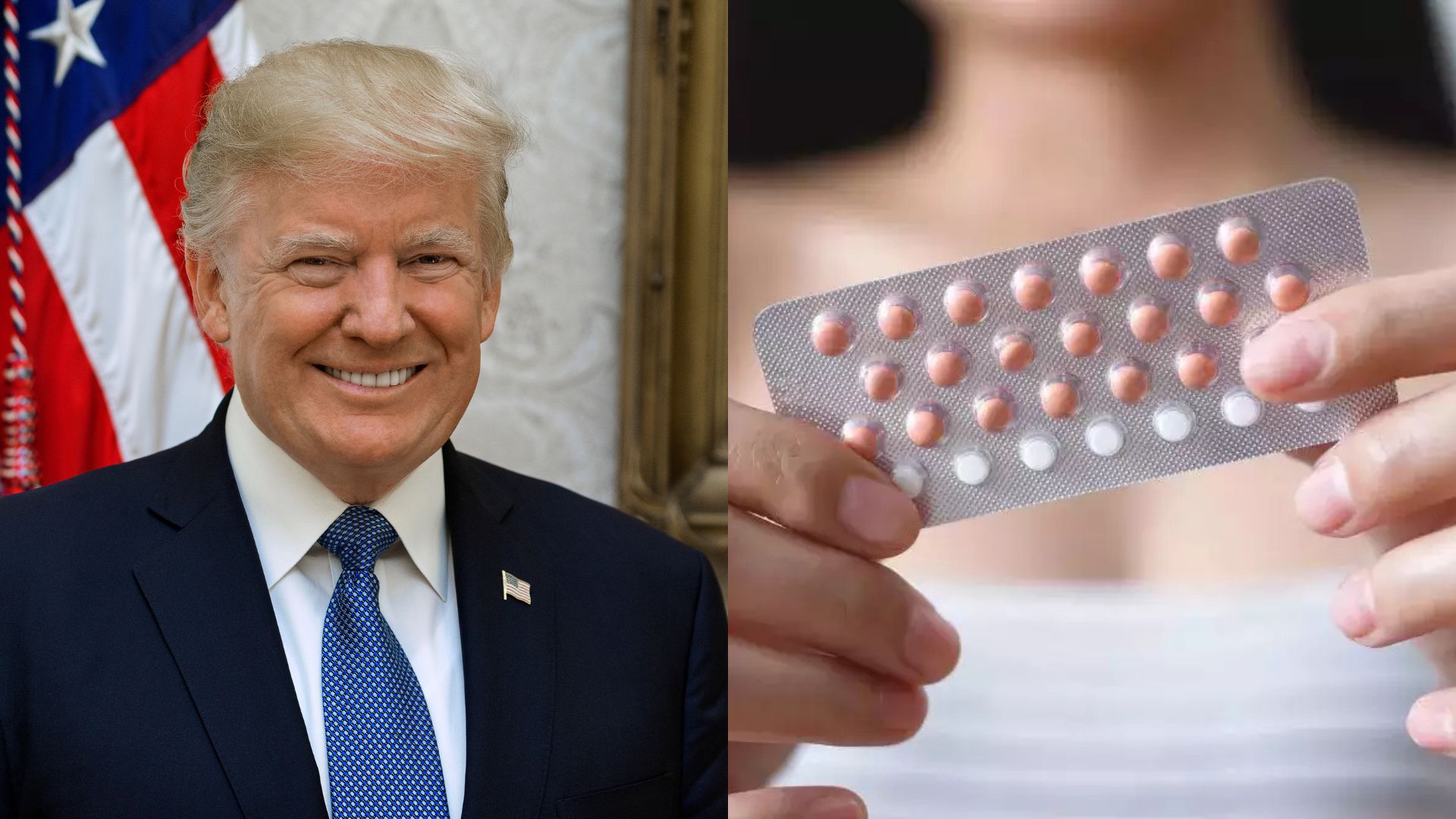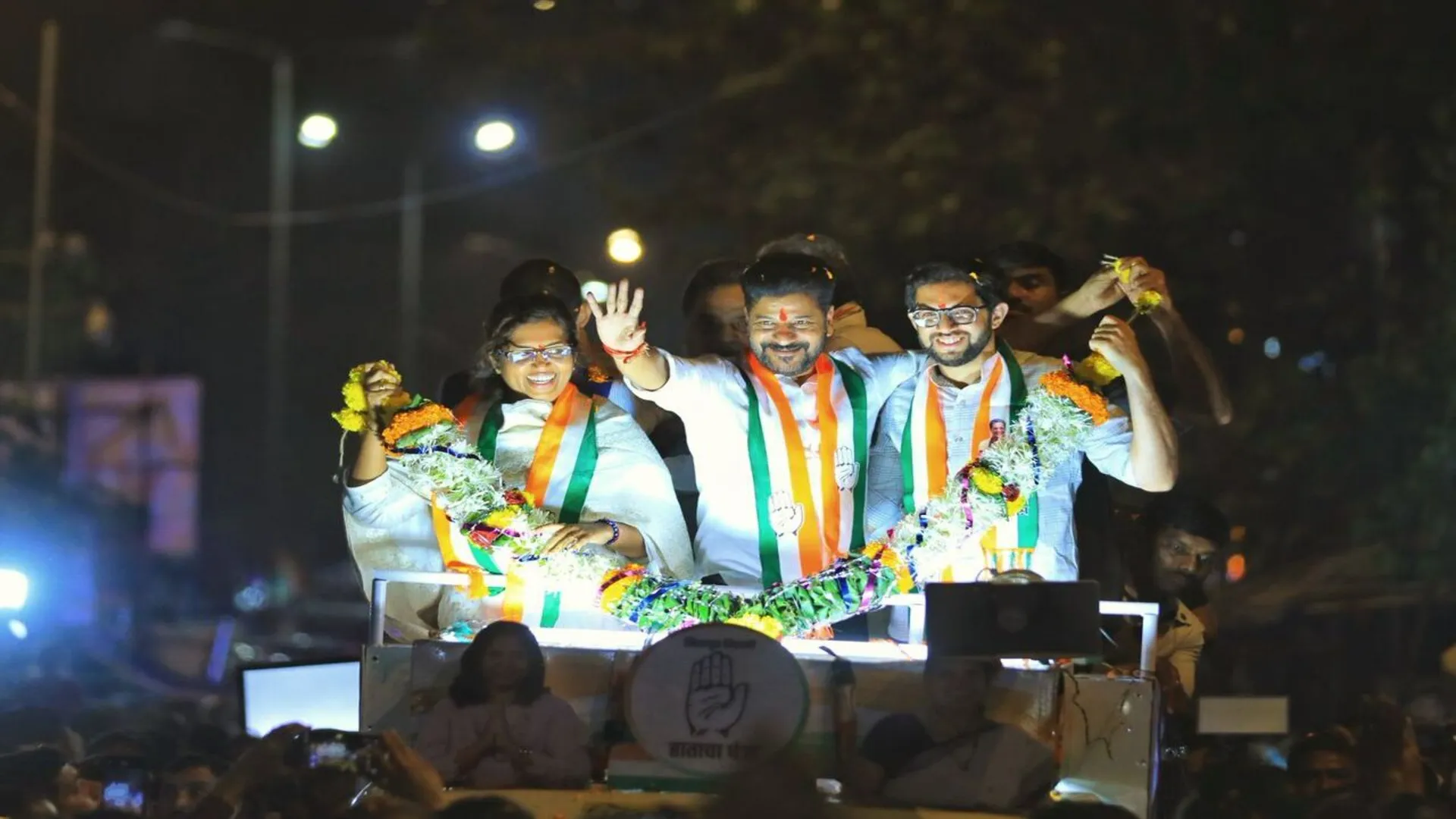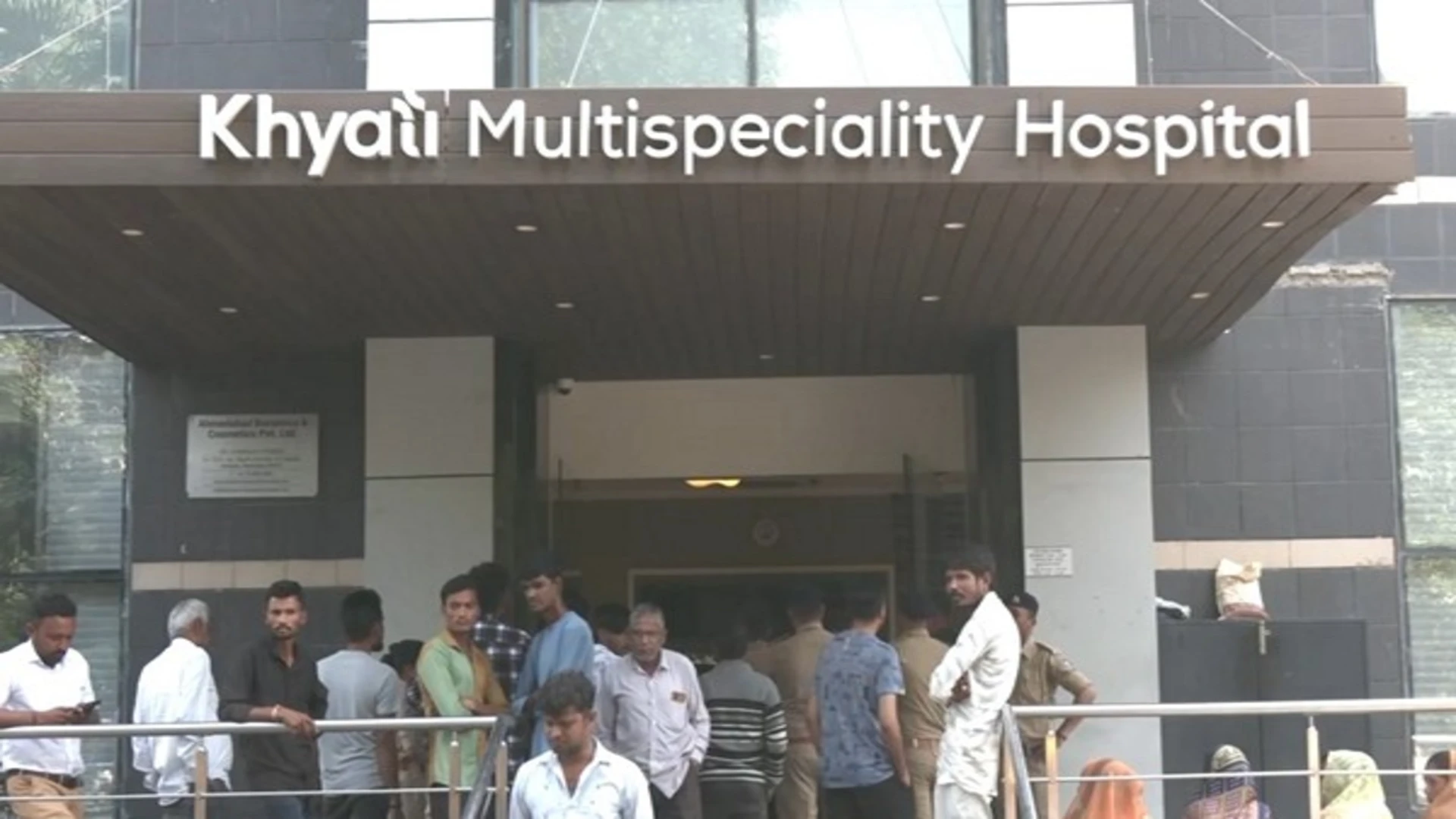
The exponential rise in the number of coronavirus cases in India has resulted in a proportionate rise in western media reports branding India as a basket case. Invariably, every such report conflates the coronavirus problem with the bhoomi pujan of Ram Mandir at Ayodhya last month and comes to the conclusion that it is because attention is being given to building temples, India’s coronavirus crisis is increasing manifold. Such a generalization is not only simplistic and a product of lazy journalism, but also outrageous, being completely divorced from the truth. It is not known how building a temple by a trust formed at the behest of the Supreme Court, or the Prime Minister visiting Ayodhya for a few hours, for the first time in six years as PM, can have a bearing on India’s fight against coronavirus. But then western media’s commentary about India, and particularly about Narendra Modi, is about picking up talking points from among a section opposed to him—talking points that invariably confirm the western media’s bias. No one is denying the huge spike in coronavirus numbers, but this was expected considering the economy is being opened up after a stringent lockdown that brought all economic activities to a halt. However, while lamenting India’s fate, what is being ignored is that in India, active coronavirus cases are around 20% of the total cases and the deaths just 1.64%. Moreover, as the second most populous country in the world, India is used to dealing with big numbers and as was expected, ramping up testing has led to a spike. The numbers released by China cannot be compared to India’s because in an authoritarian regime there is no way of knowing the exact scale of the infection. For that matter, in India, the spike is confined to a few states. Health being a state subject, there is also a lot of variation in the way different state governments have been handling the crisis. But overall, in the last six months, a lot of “augmenting of capacity” has taken place, be it in terms of increasing the number of hospital beds or increasing the number of people tested; or contact tracing, patient monitoring; manufacturing of PPE kits; and of course working towards finding a vaccine. And this must continue. Neither the Centre nor the states can afford to be lax. In this context, citizens too need to be ever vigilant and follow the new norms of social behaviour that this infection demands—but this is not always the case, so some amount of enforcement may be required.
Coming back to the western media’s coverage of this crisis in India, the problem starts when many such commentaries start taking a distinctly political turn. When a western newspaper makes certain insinuations in one of its editorials, it appears as if it has picked up its words from the press handout distributed by the media cell of a particular opposition party in India— a party that is the originator of much of India’s economic mess. For mainstream, “reputed” western press to take up issues that it is clueless about puts a huge question mark on its “reputation” and credibility. There is no doubt that India’s economy is in trouble and that much more needs to be done. In fact, the government has to think in terms of additional stimulus and ensure cash in the hands of the people to increase their spending power. Job losses are rampant, several small businesses are on the verge of closure. Even though the government has tried to introduce economic reforms, more needs to be done as whatever has been announced is not doing the job, not yet. Amidst all this, Indians don’t have the time or patience for sermonising by the western media.















